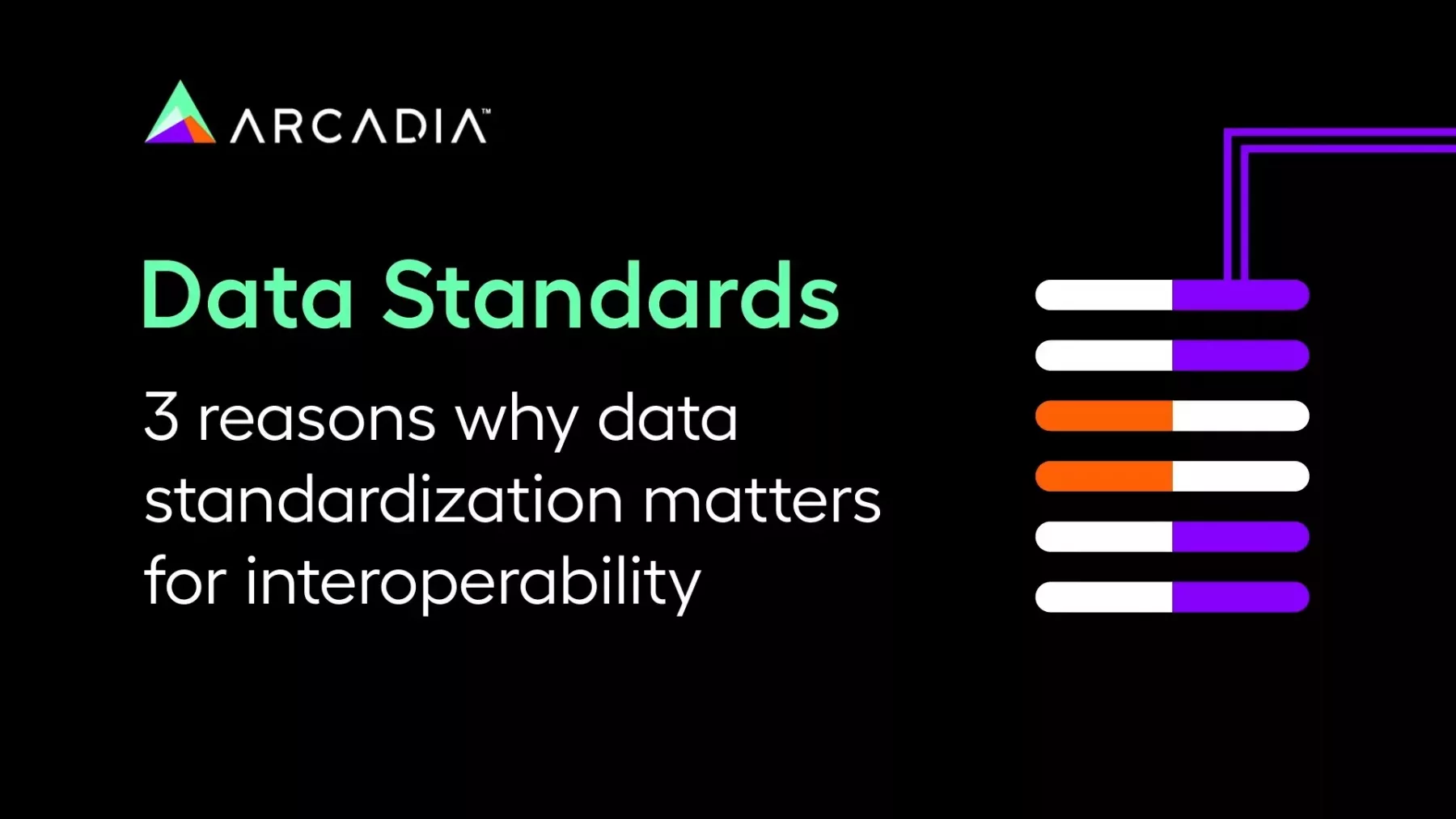What to consider in your healthcare analytics strategy: A comprehensive guide
Data has emerged as the lifeblood of healthcare organizations, holding the key to transforming daily operations and outcomes. But with so much data flowing from multiple sources, how can you pinpoint where to start? Implementing a healthcare analytics strategy can empower organizations to optimize their approach.
By leveraging healthcare analytics, organizations gain valuable insights and make impactful, data-informed decisions. In this article, we will dive into the key considerations that healthcare organizations should keep in mind when implementing these strategies.
Building your healthcare analytics strategy
Building a healthcare analytics strategy requires a systematic approach that encompasses these key elements:
1. Establish an infrastructure for data collection
First and foremost, healthcare organizations need to establish a solid infrastructure for data collection, integration, and storage. This involves ensuring interoperability between systems, implementing data governance frameworks, and leveraging advanced technologies for seamless data integration.
2. Prioritize data privacy
Organizations must also prioritize data privacy, security, and compliance to maintain patient confidentiality and adhere to regulatory requirements. Furthermore, it is crucial to identify the right data sources and define data quality standards to ensure the accuracy and reliability of insights derived from analytics.
3. Invest in analytics tools
Investing in analytics tools, technologies, and expertise is also vital to enable data analysis, visualization, and interpretation. And finally, fostering a data-driven culture and promoting collaboration among stakeholders are essential for successful implementation.
By aligning these elements, healthcare organizations can build a comprehensive healthcare analytics strategy to harnesses the power of their data.
Challenges healthcare analytics faces
To create a robust healthcare analytics strategy, it’s also important to gain an understanding of the current healthcare landscape. Today’s healthcare organizations face many challenges in managing their complex data. These challenges include data fragmentation, interoperability issues, and the need to integrate data from various sources such as electronic health record (EHR) systems. Let’s dive a little deeper into these challenges in healthcare data.
Data fragmentation
One of the major challenges faced by healthcare organizations in building a robust healthcare analytics strategy is data fragmentation. Healthcare data is often scattered across multiple systems, departments, and even organizations. Electronic health records (EHRs), imaging systems, lab systems, and other clinical applications all store data in different formats and structures. This fragmentation makes it difficult to access a complete and holistic view of patient information. Healthcare organizations must tackle this challenge by implementing data integration solutions that can harmonize disparate data sources, eliminate data silos, and provide a unified view of patient data. By addressing data fragmentation, organizations can unlock the full potential of their data assets and derive meaningful insights for improved decision-making and patient care.
Interoperability issues
Interoperability is another significant challenge in healthcare analytics. Healthcare systems often use proprietary formats, standards, and protocols, making it difficult to share and exchange data seamlessly. This lack of interoperability hinders the ability to integrate data from different systems and impedes the free flow of information across the care continuum. By promoting interoperability, healthcare organizations can achieve data liquidity, enabling seamless data integration and analysis to derive valuable insights that drive improved patient outcomes.
Integrating from various sources
Integrating data from various sources, including electronic health records (EHRs), presents a significant challenge for healthcare organizations. EHRs contain a wealth of patient information, including clinical notes, laboratory results, medication records, and more. However, integrating this data with other sources requires careful planning. Organizations must implement interoperable systems that can extract and integrate data from diverse sources to create a comprehensive and unified view of patient health.
This integration not only enables better clinical decision-making but also facilitates population health management and the identification of trends and patterns across large datasets. Overcoming the challenge of integrating data from various sources empowers healthcare organizations to unlock the full potential of analytics and deliver enhanced patient care.
A well-defined healthcare analytics strategy can help address these challenges by providing a unified view of data and enabling data-driven decision-making.
The right data for healthcare analytics
In healthcare, various types of analytics are used to extract valuable insights from large volumes of data. The five key types of analytics commonly used in healthcare are: descriptive, diagnostic, predictive, prescriptive, and real-time. By harnessing the power of these of analytics, organizations can elevate patient care, optimize operational efficiency, and drive better outcomes in the dynamic landscape of healthcare.
Ensuring privacy and security
As healthcare organizations handle sensitive patient information, data privacy and security are paramount. Implementing robust security measures, including data encryption, access controls, and regular security audits, helps protect patient data from unauthorized access and breaches.
Additionally, staff members should receive comprehensive training on data privacy best practices to ensure a culture of security awareness throughout the organization. Next, we’ll go over how you can prepare your staff when implementing a healthcare analytics strategy.
Preparing staff for healthcare analytics
To ensure effective utilization of healthcare analytics, organizations need to establish a governance framework that outlines roles, responsibilities, and processes related to data stewardship. This framework should include clear guidelines for data access, data sharing, and decision-making processes. Regular monitoring and evaluation of the analytics strategy's performance against defined metrics enable organizations to identify areas for improvement and make necessary adjustments. Here are three ways to prepare your staff:
1. Nurture an analytically proficient workforce
Developing a skilled workforce is crucial for successful implementation of a healthcare analytics strategy. Identifying the necessary skill sets, such as data analysis, statistics, and machine learning, is the first step. Healthcare organizations should invest in training programs, provide opportunities for professional development, and foster a data-driven culture that encourages collaboration across departments. By nurturing an analytically proficient workforce, organizations can maximize the potential of their healthcare analytics strategy.
2. Provide governance and accountability collaboration
Healthcare organizations can benefit from partnerships with technology vendors, analytics experts, and other organizations. Collaborating with vendors provides access to specialized tools and expertise, while engaging with analytics experts offers valuable insights and best practices. Sharing knowledge and experiences with other healthcare organizations through industry forums and conferences fosters collaboration and accelerates the growth of analytics capabilities across the sector.
3. Create continuous improvement
Implementing a healthcare analytics strategy is not a one-time endeavor but a continuous process. Regular performance assessments and evaluations are essential to identify areas for improvement. By analyzing key metrics and outcomes, organizations can optimize their analytics strategy, refine processes, and address any gaps or bottlenecks. Staying updated with emerging technologies, industry trends, and regulatory changes ensures that the analytics strategy remains relevant and aligned with organizational goals.
Looking ahead with a healthcare analytics strategy
Implementing a healthcare analytics strategy requires careful planning, stakeholder involvement, and continuous improvement. By following these considerations, healthcare organizations can leverage analytics to unlock insights, drive innovation, and ultimately enhance the quality of care delivered to patients.
See how Arcadia’s healthcare analytics data platform can help tackle your organization’s greatest challenges.


